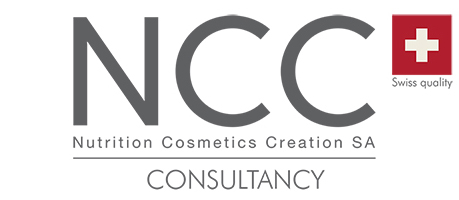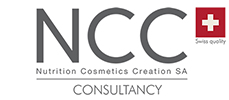What do you need to know about natural vitamin C, synthetic vitamin C, and L-ascorbic acid
If there is a single molecule of Vitamin C (symbolized: L-(+)-ascorbic acid or L-ascorbic acid for convenience), its origin may be multiple. Thus, we can find:
Natural C vitamin
The true natural one is found in some fresh fruits and vegetables in the form of L-ascorbic acid. For example, everyone knows that oranges and kiwis have a high content of it, but as a food supplement, the best known and most concentrated fruit is Acerola.
To offer it in capsules, tablets or powder, manufacturers make an extract that concentrates the active ingredient. For example, the acerolas on the market are made from an extract titrated at 17%. Thus, 1 gram of acerola (1000 mg of Acerola) provides 170 mg of natural ascorbic acid.
The one called bio-identical or identical to natural
It is a synthetic form that is identical to the natural form: L-ascorbic acid. This synthetic acid is made from the fermentation of cereals (mostly corn). It has a natural origin, but we cannot say that it is a natural ascorbic acid since it is the result of various bio-chemical transformations.
There are different qualities of L-ascorbic acid on the market. More than 95% of the world’s production comes from China, with the rest coming from Scotland or the USA.
The quality criteria are as follows:
- Purity: the manufacturing process must result in a 100% ascorbic acid product, i.e. 100% pure.
- It must be L-ascorbic acid dextrogyre, the only form that is in plants and which has a vitamin power. The levorotatory form is not identical.
- Traces of solvents: the solvents used in its manufacture must be undetectable.
- Traces of toxicants: pesticides and heavy metals from maize cultivation must also be undetectable in the analyses.
Synthetic L-ascorbic acid is of great interest. Indeed, it has the same effect as natural vitamin extracted from fruits. This was confirmed by a 2013 study (A Randomised Cross-Over Pharmacokinetic Bioavailability Study of Synthetic versus Kiwifruit-Derived C Vitamin).
So ascorbic acid: what is it?
Vitamin C is a water-soluble vitamin, playing an important role in the metabolism of humans and many other mammals. Chemically speaking, it is L-ascorbic acid (Dextrogyra), one of the two forms of ascorbic acid.
The second form of ascorbic acid is D-ascorbic acid (Levogyre), which does not exist in fruits, and is not a vitamin.
Ascorbic acid exists in the two forms below:
- (5R)-5-[(1S)-1,2-dihydroxyethyl]-3,4-dihydroxyfuran-2-one or L-(+)-ascorbic acid, a natural form known as vitamin C (D-ascorbic acid molecule)
- (5S)-5-[(1R)-1,2-dihydroxyethyl]-3,4-dihydroxyfuran-2-one or D-(-)-ascorbic acid, (levorotatory molecule)
The answer becomes obvious: Vitamin C is always ascorbic acid, but ascorbic acid is not always.
This vitamin is present in different forms in food supplements. It is sometimes difficult to find a way to consume the product that suits us best, especially since the claims on the packaging are sometimes difficult to decipher.
Thus, for example: Based on Vitamin C, 100% ascorbic acid does not mean that the product contains 100% Vitamin C.
A careful selection of ingredients is required, right from the formulation and the marketing brief.


